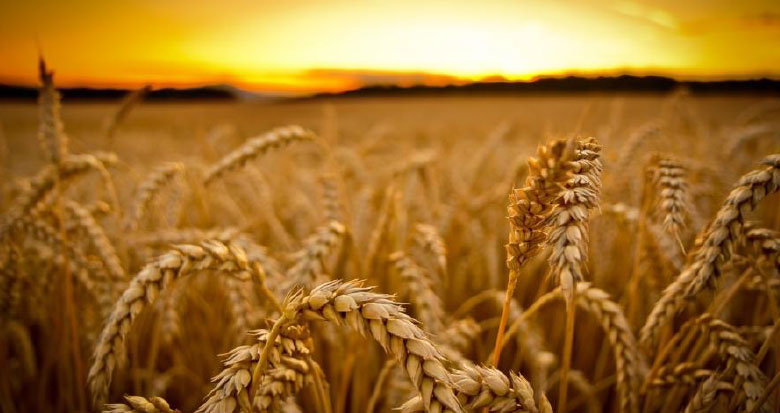As global food demand continues to grow, the agricultural sector is facing new challenges. To meet the needs of a growing population, we must make agricultural production become more efficient while also paying attention to environmental sustainability. In this context, sodium carboxymethyl cellulose is emerged as an important innovation in the agricultural world. This article takes an in-depth look at the potential of sodium carboxymethyl cellulose in agriculture and how it could change the face of modern farming.

Sodium carboxymethyl cellulose, often referred to as CMC, is a chemical substance with excellent water solubility and viscosity. It was originally used in food, medicine and industrial applications, but in recent years, the agricultural field has begun to realize its huge potential. The main role of CMC in agriculture is to improve soil structure and promote nutrient absorption, thereby increasing crop yield and quality.
How CMC affects agricultural production?
1. Improve soil quality: The introduction of CMC can improve the physical and chemical properties of soil. It helps soil particles aggregate and increases soil aeration and water retention. This not only improves soil fertility but also reduces the risk of soil erosion.
2. Increase nutrient utilization: CMC can combine with nutrients to form a stable complex and slow down the release rate of nutrients. This allows the plant to more efficiently absorb the nutrients it needs, thereby improving nutrient utilization efficiency.
3. Reduce chemical fertilizer use: Due to the use of CMC, farmers can reduce the amount of chemical fertilizer used while still maintaining high yields. It reduces the cost of agricultural production and helps promote sustainable agricultural practices.
4. Environmentally friendly: The use of CMC can not only increase production, but also help reduce adverse impacts on the environment. Less fertilizer use reduces the risk of nutrient pollution and soil erosion, helping to maintain ecological balance.
The future agricultural prospects of CMC
As more agricultural experts and farmers understand the potential of CMC, it is gradually becoming a part of modern agriculture. Its positive effects in increasing the yield and quality of agricultural products, as well as its environmentally friendly properties, make it popular among the agricultural community.

Not only that, the R&D and production of CMC are also constantly innovating. Manufacturers are committed to developing more efficient and environmentally friendly CMC products to meet the needs of different regions and crops.
The application of sodium carboxymethyl cellulose in the agricultural field is an important innovation, which provides a feasible solution to improve agricultural efficiency. By improving soil quality, increasing nutrient utilization, reducing fertilizer use and reducing environmental impact, CMC is changing the face of modern agriculture. It represents the future of sustainable agricultural practices that will help meet growing global food demand and protect our environment. If you are interested in learning more about CMC or purchasing CMC products, please feel free to contact us.
SINOCMC Team
